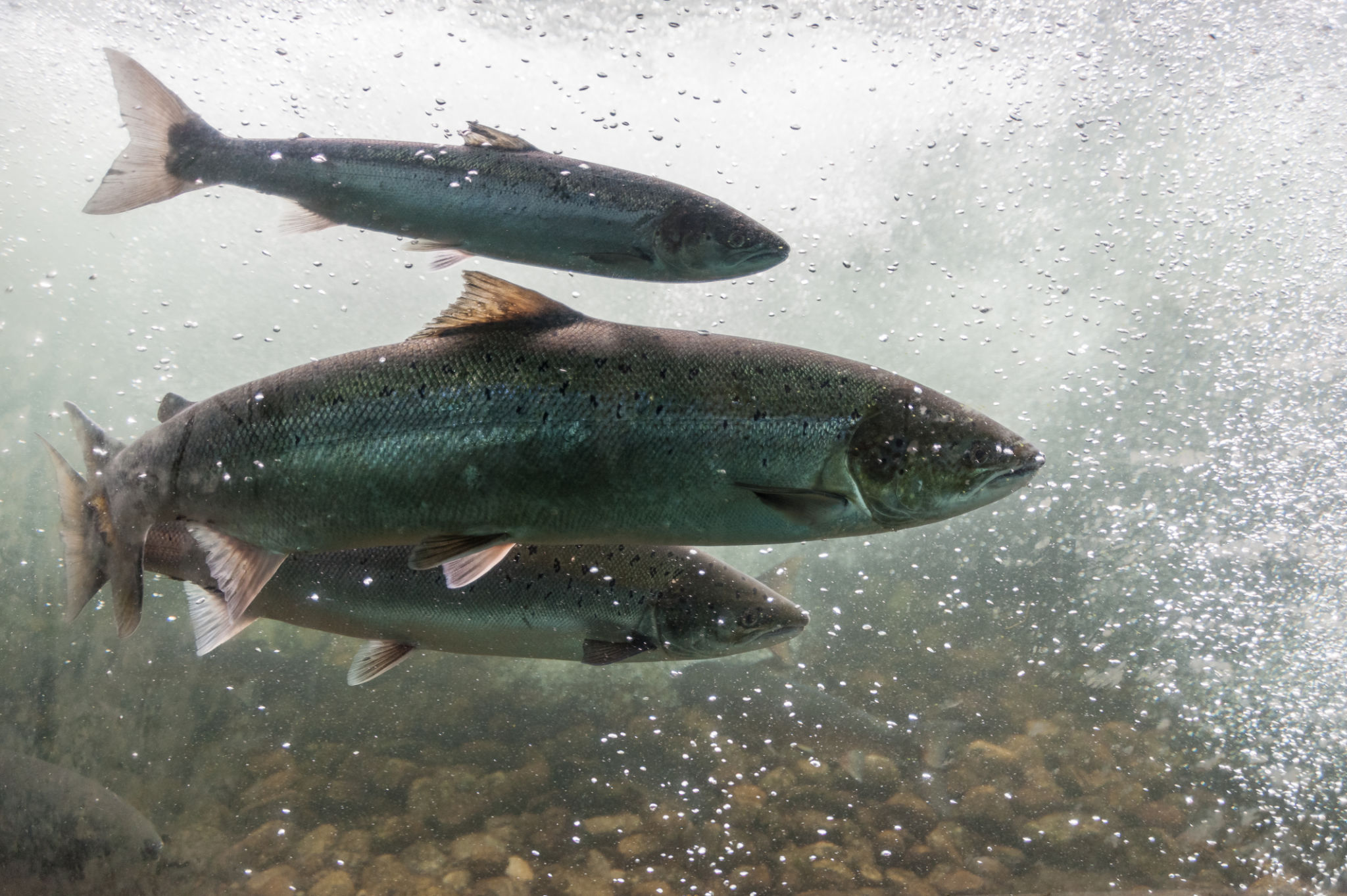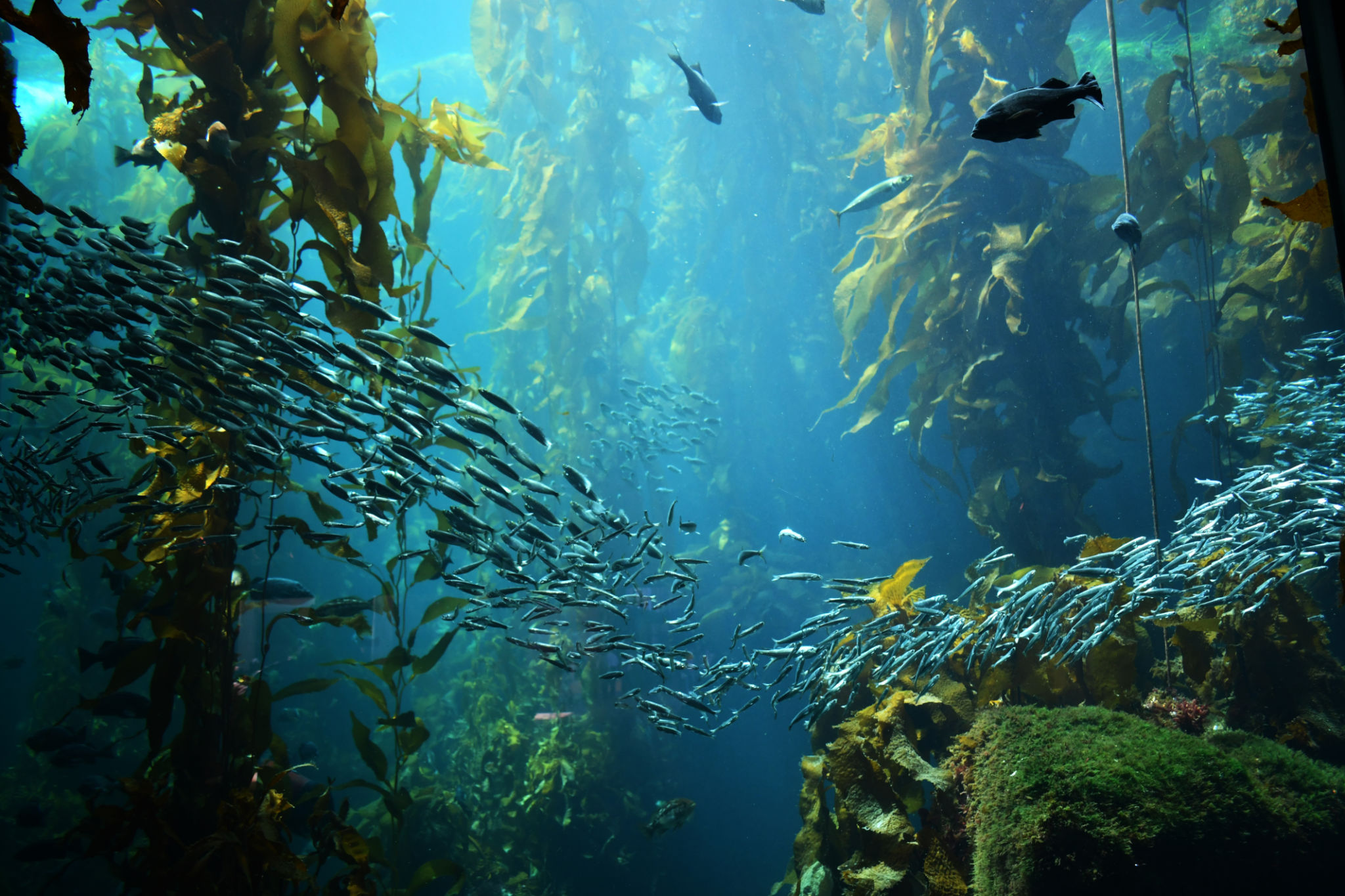The Importance of Sustainable Fishing Practices in Outdoor Adventures
The Significance of Sustainable Fishing
Fishing is a beloved outdoor adventure for many, offering a chance to connect with nature, unwind, and experience the thrill of the catch. However, with this enjoyment comes the responsibility to protect marine ecosystems and ensure that future generations can enjoy the same experiences. Implementing sustainable fishing practices is crucial in maintaining the health of our oceans and lakes.

Sustainable fishing involves techniques that do not deplete fish populations or harm marine habitats. This practice is essential for preserving biodiversity and maintaining balance within aquatic ecosystems. By adopting sustainable practices, we not only protect fish species but also support the livelihoods of communities that depend on fishing.
Techniques for Sustainable Fishing
Several methods can be employed to ensure fishing remains sustainable. These techniques help mitigate negative impacts on the environment and promote the responsible use of resources. Some of these methods include:
- Catch and Release: This technique involves catching fish and then releasing them back into the water. It allows fish populations to recover and continue breeding.
- Regulated Fishing Seasons: Observing open and closed seasons helps protect fish during their breeding periods, ensuring population stability.
- Selective Gear Use: Using gear that reduces bycatch (the capture of unintended species) limits unnecessary harm to other marine life.
Impact on Marine Ecosystems
The health of marine ecosystems is directly linked to sustainable fishing practices. Overfishing and destructive methods can lead to significant imbalances, affecting not only fish populations but other organisms that depend on them for food. Coral reefs, for example, can suffer when fish populations decline, as they rely on certain species to maintain their structural integrity.

Sustainable fishing practices help maintain these ecosystems by ensuring that fish stocks remain robust and diverse. A balanced ecosystem supports a wider range of species and contributes to the overall health of our planet's waters.
The Role of Technology in Sustainable Fishing
Advancements in technology have made it easier to adopt sustainable fishing practices. From GPS systems that help identify overfished areas to sonar technology that targets specific species, modern tools enable more precise and less invasive fishing techniques. Additionally, data collection and analysis play a crucial role in monitoring fish populations and assessing the health of marine environments.

These technological innovations not only enhance the efficiency of sustainable practices but also provide valuable insights for conservation efforts. By embracing technology, anglers can contribute to preserving marine life while still enjoying their outdoor adventures.
Consumer Responsibility
Consumers also play a vital role in promoting sustainable fishing. By choosing seafood from responsible sources, individuals can drive demand for sustainably caught products. This choice encourages retailers and fisheries to adopt better practices, ultimately benefiting marine ecosystems.
When purchasing seafood, look for certifications such as the Marine Stewardship Council (MSC) label, which indicates that a product has been sourced sustainably. Making informed decisions as consumers can lead to significant positive changes in the industry.
A Collective Effort for a Sustainable Future
The journey toward sustainable fishing is a collective effort that requires the participation of anglers, consumers, policymakers, and industry professionals. By working together, we can ensure that our outdoor adventures remain enjoyable and that our marine environments continue to thrive.
As stewards of our planet's resources, it is our responsibility to embrace practices that protect and preserve the natural world. By prioritizing sustainability in our fishing endeavors, we can foster a healthier, more resilient ecosystem for generations to come.
